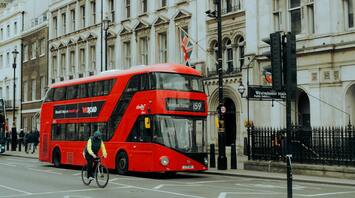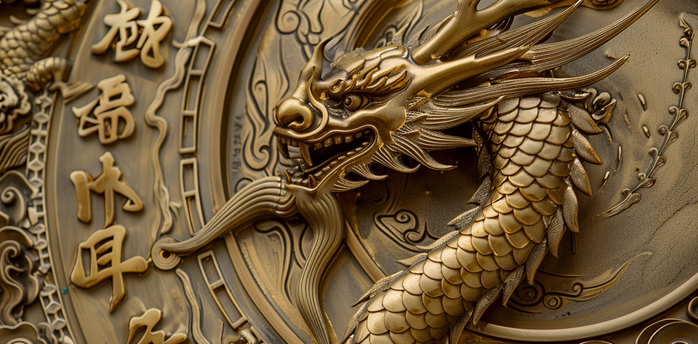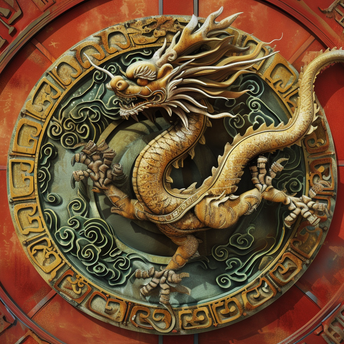How to minimize body discomfort during long flights

Time in the air can be exciting. However, for many travellers, long flights can be a challenge due to discomfort and body aches. Cramped space and prolonged immobility can take a toll on your body, causing discomfort and fatigue.
Still, simple exercises can significantly reduce the risk of muscle and joint pain on long flights. How to ensure a pleasant journey during long flights in the sky is reported by newsbytesapp.
Preliminary training
Prepare for a comfortable trip: regular workouts to keep fit and healthy before a flight are essential. Continue your workouts even during the trip to provide your muscles with the necessary support and comfort on the way back. In addition, don't forget to get enough rest and sleep before a long flight to face your new adventures with full energy.
Movement is the key to success
A static lifestyle during a flight can cause muscle tension and even blood clots. Help your body cope with this by regularly performing simple exercises such as stretches and circular ankle movements. Don't hesitate to take advantage of the opportunity to walk around the cabin to improve circulation and reduce discomfort during the flight.
Use supportive accessories
A neck pillow is your faithful companion on long flights, especially if you don't have a headrest. Regardless of the technique you choose, keep your neck relaxed by avoiding pushing it forward or tilting it to the side. These simple measures will prevent headaches and neck discomfort during the flight.
Drink regularly
Water is your best friend in the fight against muscle stiffness and discomfort during a flight. Drink water regularly to keep your body hydrated. Limit your caffeine and alcohol intake to avoid dehydration. Don't forget to bring a water bottle on board to make sure you have access to fluids at all times, without waiting for staff to serve you.
Adjust your seat position
To avoid stress on certain parts of the body, it is recommended that you periodically change your sitting position and find the optimal posture for maximum comfort. In addition, doing sitting exercises will help maintain muscle tone and prevent stiffness. Don't forget about light stretches to relieve muscle tension, and joint exercises and twisting to keep your body active even when sitting.



















